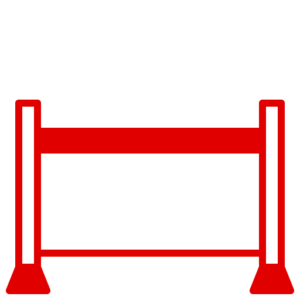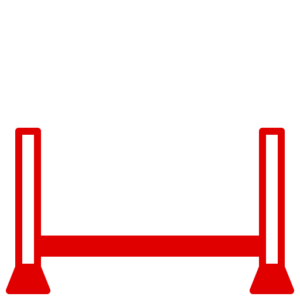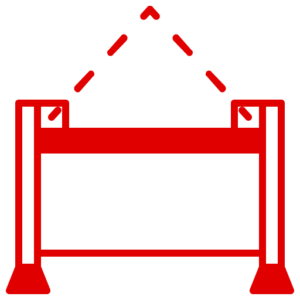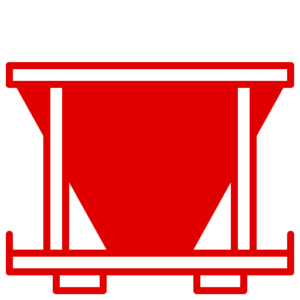News
Conducting Risk Assessments for Stillages: Ensuring Safety and Compliance
Risk assessments play a crucial role in identifying and managing potential hazards associated with stillage use. Let’s explore the steps involved in conducting an effective risk assessment for stillages.
- Identify Hazards: Thoroughly examine the stillage and its surrounding environment to identify potential hazards. These may include sharp edges, unstable loads, inadequate stacking, insufficient maintenance, or interactions with other equipment or machinery.
- Assess Risks: Evaluate the level of risk posed by identified hazards. Consider factors such as potential injuries’ severity, the likelihood of accidents, and the number of people exposed to the hazards. This step helps prioritise risks and determine appropriate control measures.
- Determine Control Measures: Identify and implement control measures to eliminate or minimise the identified risks. This may involve engineering controls, administrative controls, or personal protective equipment (PPE) requirements. These measures aim to ensure the safe use of stillages.
- Record Findings: Document the risk assessment process, including identified hazards, assessed risks, and implemented control measures. This documentation demonstrates compliance with PUWER regulations and provides transparency in the risk management process.
- Review and Update: Regularly review and update the risk assessment to reflect any changes in equipment, processes, or workplace conditions. This ensures the assessment remains relevant and effective in addressing potential hazards associated with stillages.
Conducting a risk assessment for stillages is a vital step in ensuring safety and compliance with PUWER regulations. Employers may seek the expertise of health and safety professionals or consultants to conduct a comprehensive assessment. At Lowe Stillages & Cages, we prioritise safety and compliance, providing you with high-quality stillages designed to meet industry standards.














